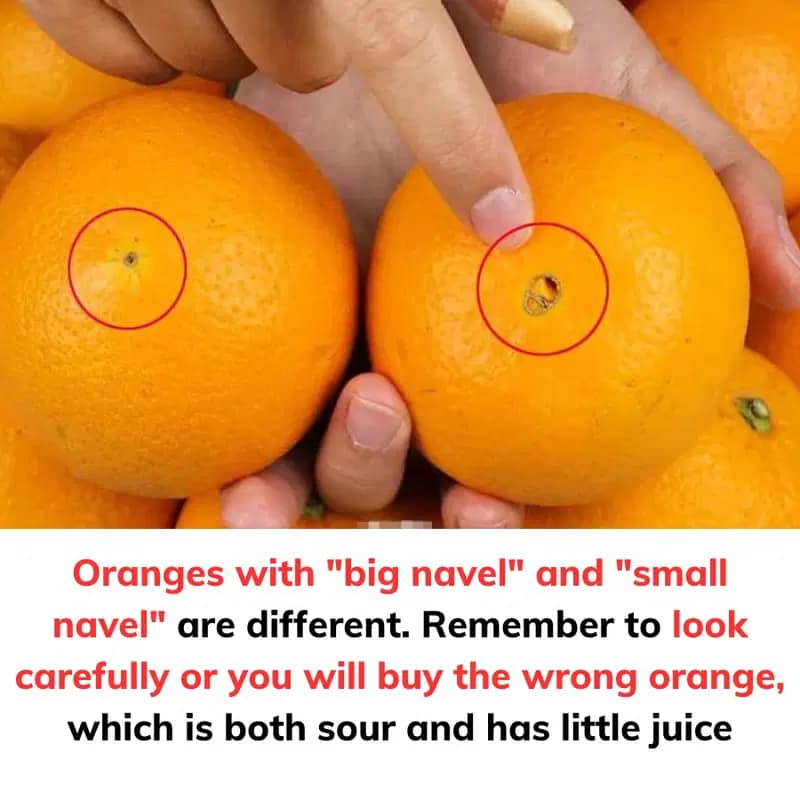ADVERTISEMENT
6. Avoid Brand Bias
While well-known brands often offer quality, don’t dismiss lesser-known options that might deliver better value for your money. Focus on the product’s features, durability, and customer satisfaction rather than just the label.
Tip: Look for lesser-known brands with strong reviews or certifications for quality assurance.
7. Beware of Fads
Trendy products might look appealing but often fail to meet expectations. Ask yourself if the item is truly useful or if it’s something you’re only considering because it’s popular.
Example: That viral kitchen gadget might seem exciting, but will it actually save time, or will it collect dust in your cabinet?
8. Verify Dimensions and Specifications
One common mistake shoppers make is not checking dimensions, especially for furniture, appliances, or tech devices. Always double-check measurements and specs to ensure the item fits your space and needs.
Quick Tip: Use a tape measure and visualize the product in its intended spot.
9. Be Wary of Deals That Seem Too Good to Be True
If a deal seems suspiciously cheap, it might come with hidden compromises like inferior quality, missing features, or poor customer service. Prioritize value over the lowest price.
Rule of Thumb: If you’re unsure about a deal, check multiple sources to see if it’s a consistent price or a red flag.
10. Ask Questions
If you’re shopping in-store, don’t hesitate to ask staff about the product’s features, warranty, or recommendations. For online purchases, check the FAQ section or contact customer support for clarifications.
Example Questions to Ask:
- “Is this product compatible with X?”
- “Does it come with a warranty?”
- “What are the maintenance requirements?”
11. Sleep on Big Decisions
For significant purchases, such as appliances or furniture, avoid rushing. Give yourself time to think it over, compare options, and ensure it aligns with your needs and budget.
Pro Tip: Adding an item to your cart but waiting 24 hours to purchase can help reduce impulsive decisions.
12. Learn from Past Mistakes
Reflect on previous purchases that didn’t work out. Was it due to lack of research, impulse buying, or overlooking key details? Use those experiences to refine your shopping habits moving forward.
Conclusion
Avoiding the wrong purchase boils down to preparation, mindfulness, and a little patience. By taking the time to research, ask questions, and set clear priorities, you can make purchases that truly add value to your life. Happy shopping!
ADVERTISEMENT
ADVERTISEMENT
